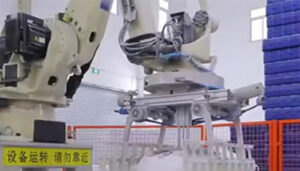
Sodium Tripolyphosphate (STPP): Comprehensive Market Analysis, Trends, and Opportunities
Sodium tripolyphosphate (STPP) is an essential additive used in many industries, and its market is evolving due to environmental and economic trends.
Sodium Tripolyphosphate (STPP, Na₅P₃O₁₀) is a multifunctional additive critical to soap formulation. Its unique chemical properties enable enhanced cleaning performance, stability, and product longevity. This technical guide explores its mechanisms, applications, and best practices for industrial soap production.
STPP acts as a sequestrant by binding calcium (Ca²⁺) and magnesium (Mg²⁺) ions through coordinate covalent bonds. This action:
With a pKa1 of 2.15 and pKa2 of 7.21, STPP:
STPP enhances surfactant efficacy through:
| Soap Type | STPP Concentration | Mixing Protocol |
|---|---|---|
| Bar Soap | 0.8-1.5% (based on oil weight) | Gradual addition during saponification phase |
| Liquid Soap | 0.5-1.0% (pH adjusted to 9.5±0.2) | Post-neutralization blending with high-shear mixer |
| Laundry Detergent | 1.2-2.0% (synergistic with LAS surfactants) | Agitated dry blending followed by wet milling |
STPP’s phosphorus content (28.3% by weight) contributes to algal blooms. Industry mitigation strategies include:
Global discharge standards:
| Parameter | STPP | EDTA | Citric Acid |
|---|---|---|---|
| Chelation Efficiency | 93% (Ca²⁺ @ pH 9.0) | 89% (wide pH range) | 76% (requires higher dosage) |
| Biodegradability | Partial (85% in 28 days) | Non-biodegradable | 100% biodegradable |
| Cost Index (USD/kg) | 1.2 | 2.5 | 0.8 |
STPP exhibits synergistic effects with:
Incompatible with:
Excessive Foam Formation
Probable Cause: Overdosing (>2.0% STPP). Solution: Reduce concentration by 0.5% increments while monitoring rheology.
Discoloration in Liquid Soap
Probable Cause: Iron contamination (>5 ppm). Solution: Implement chelation pre-treatment with citric acid.
Emerging solutions:
2024 Developments:
When applied according to technical specifications, STPP remains a vital component in high-performance soap formulations. Manufacturers must balance functional benefits against environmental stewardship through:

Sodium tripolyphosphate (STPP) is an essential additive used in many industries, and its market is evolving due to environmental and economic trends.
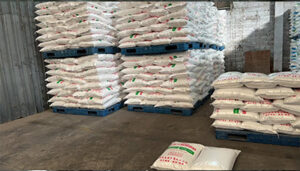
Sodium Tripolyphosphate (STPP) revolutionized detergents but caused eutrophication. Discover its history, environmental bans, and modern phosphate-free alternatives.
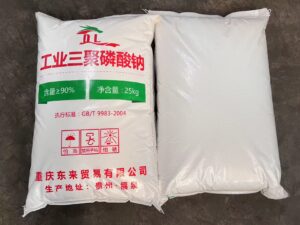
Sodium Tripolyphosphate: Learn how its synergistic effects with other auxiliaries improve detergent performance and sustainability in this in-depth analysis.

On December 28, 2023, Goway Fuquan Factory hosted a delegation from the School of Chemical Engineering, with the aim of enhancing school-enterprise collaboration, expanding employment opportunities for graduates, and supporting the recruitment process.
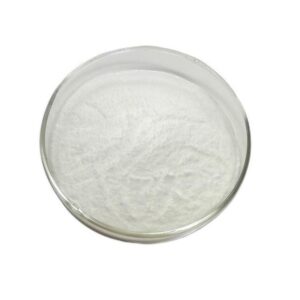
Sodium Tripolyphosphate (STPP) serves as a versatile water softener and preservative with applications across food processing and detergent manufacturing industries.
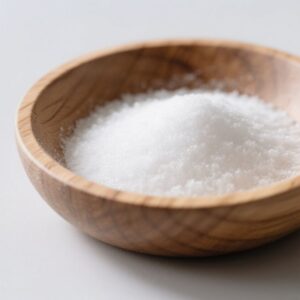
Global food-grade sodium tripolyphosphate (STPP) prices in Q4 2025 remain stable with slight increases driven by higher energy and logistics costs, while demand from meat and seafood processing sustains market balance.
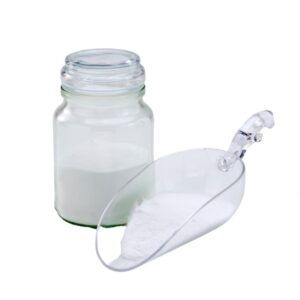
Salt tripolyphosphate (STPP) , likewise called sodium triphosphate or pentasodium triphosphate , is more than just a chemical compound– it’s a workhorse throughout several sectors.
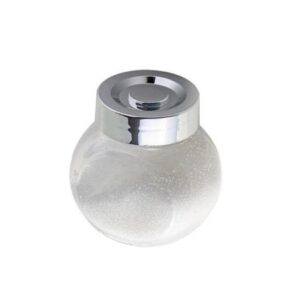
Sodium Tripolyphosphate (STPP) improves soap production through superior cleaning, water softening, and optimized formulation techniques.
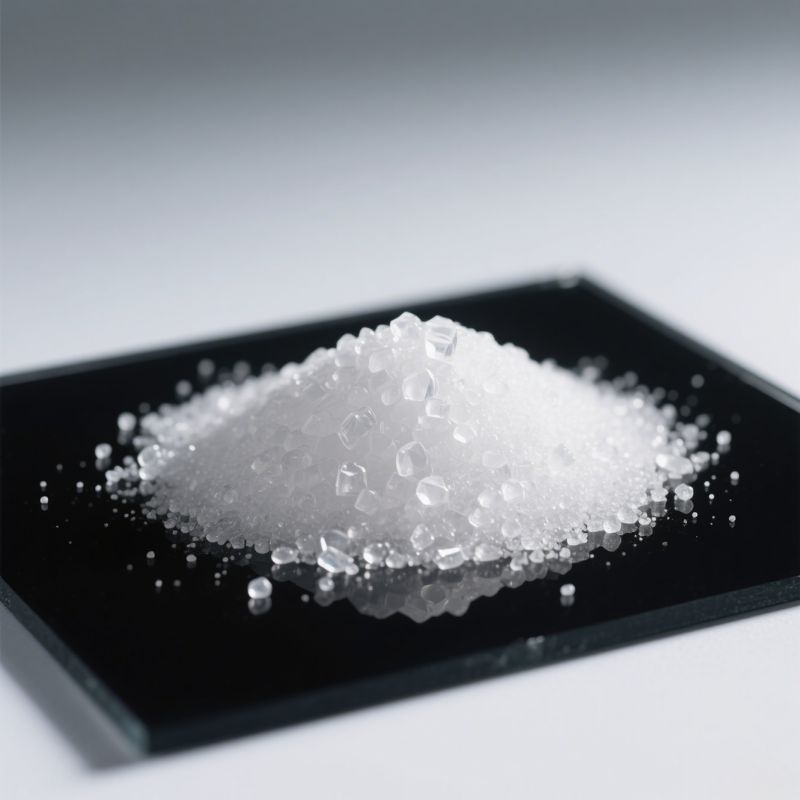
A professional and educational overview of tripolyphosphate (STPP), explaining its composition, manufacturing process, applications, safety profile, and sustainability trends.

This guide provides insights into the technological advances, regulatory frameworks, and cost factors affecting food and aquatic products, highlighting sustainability challenges and opportunities in 2025.
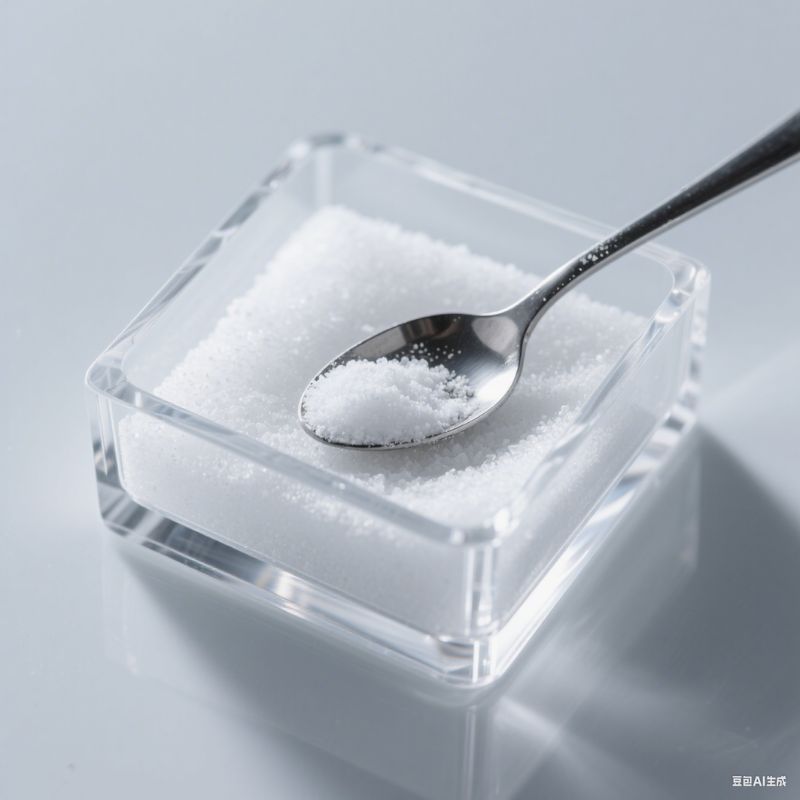
This guide covers the uses, benefits, risks, dosages, and health concerns of polyphosphates in food, with an overview of regulatory standards and emerging alternatives.
WhatsApp us